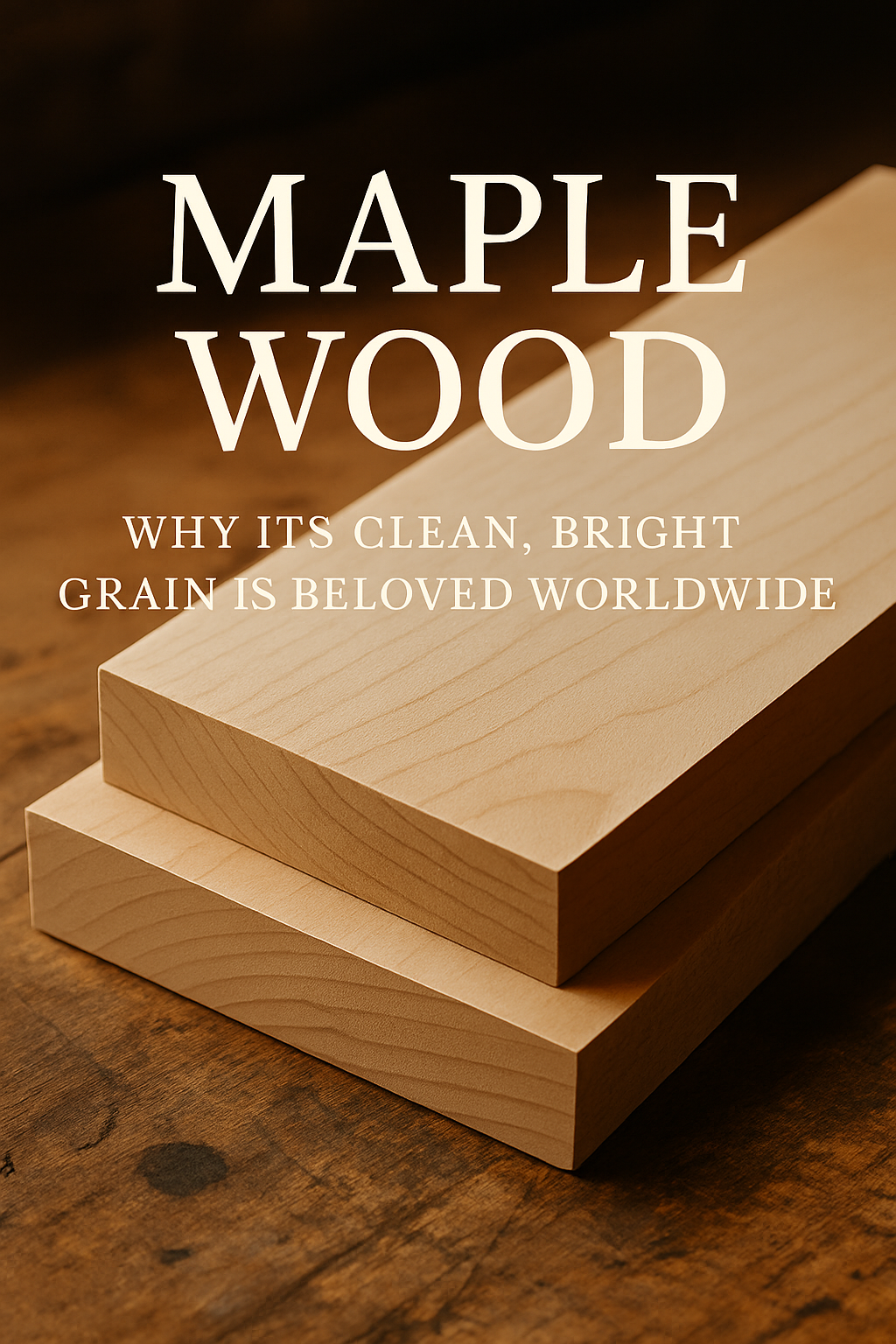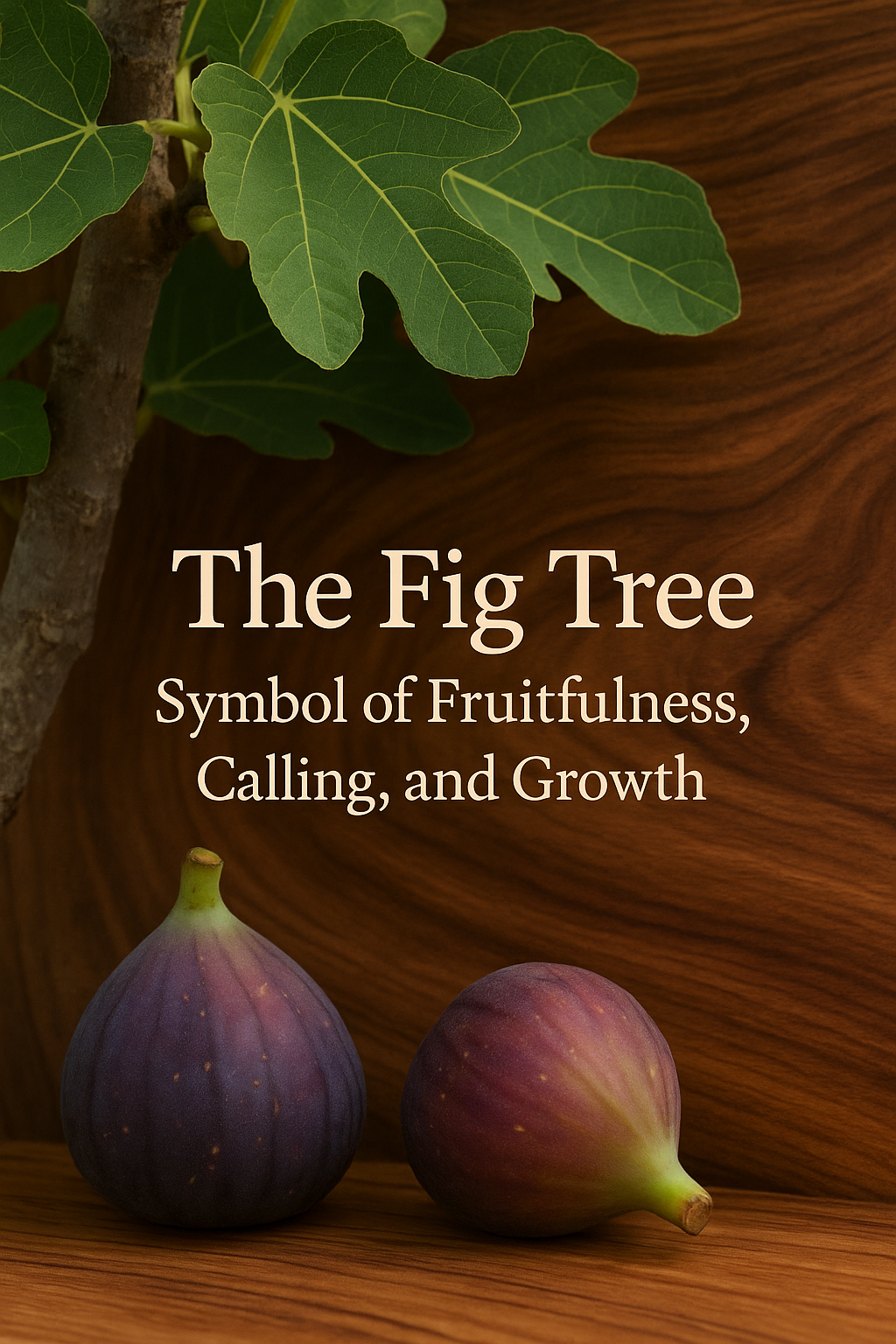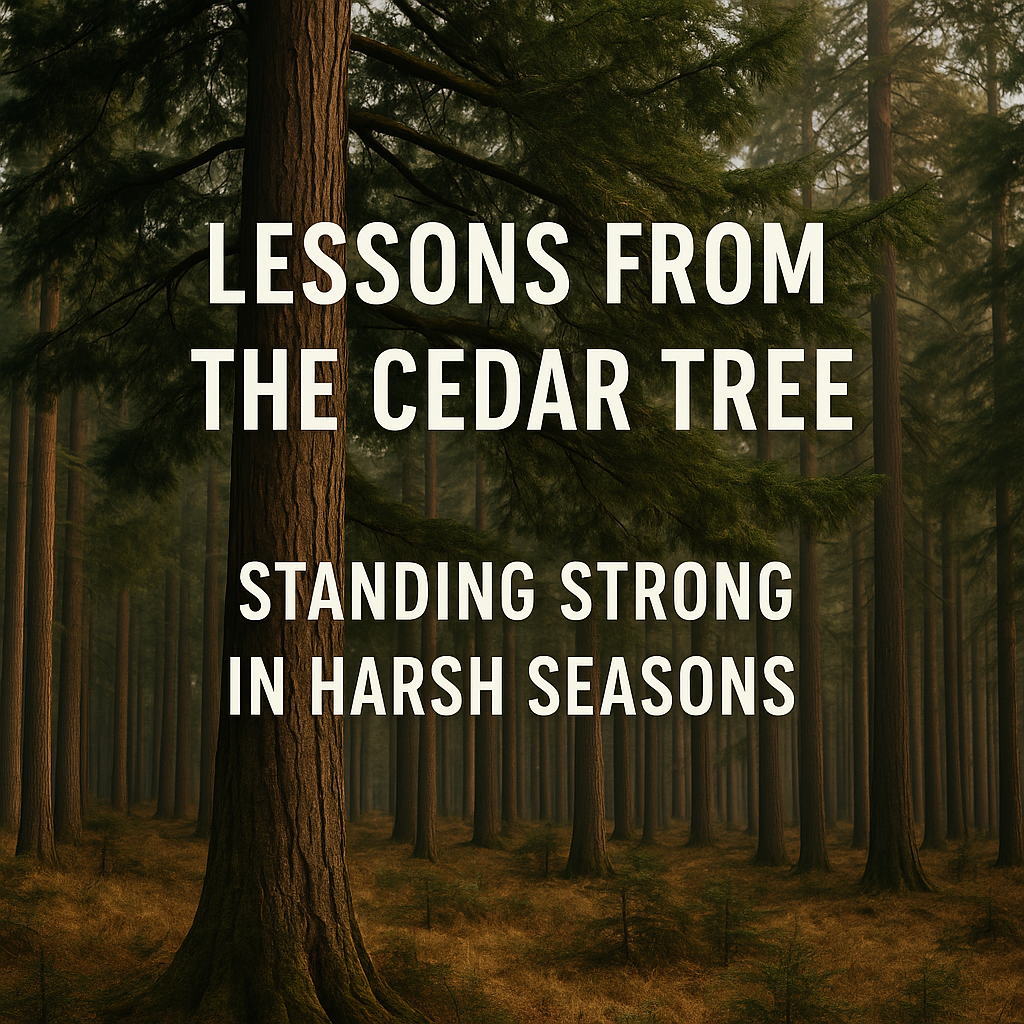Maple is one of those woods that doesn’t need a spotlight to shine.
It’s not dramatic.
It’s not exotic.
It doesn’t scream for attention the way some tropical hardwoods do.
Instead, maple walks into the room quietly, sets down its tools, and lets its craftsmanship speak for itself.
And honestly?
There’s something deeply admirable about that.
A Wood That Doesn’t Need to Prove Anything
If oak is the kingly presence of the forest and walnut is the moody artist in the corner, maple is the dependable craftsman.
The one who’s always early.
The one who sharpens his chisels before you even arrive.
The one everyone trusts when the work really matters.
There’s a reason maple has held its place in woodworking for centuries.
It’s strong.
It’s stable.
And it carries a natural beauty that doesn’t fade when the trends do.
The Clean Grain Everyone Loves
One of maple’s greatest gifts is its grain.
Straight.
Consistent.
Creamy in color.
Like a blank canvas waiting for whatever purpose you give it.
Some woods beg to be the center of attention.
Maple doesn’t.
It simply shows up and makes everything around it look better.
That’s why craftsmen reach for it when precision matters.
Furniture makers.
Instrument builders.
Cutting board creators.
Even turners (like me) know that maple gives you something predictable — in the best possible way.
Hard Maple vs. Soft Maple (Yes, There’s a Difference)
Let’s tap into a little science — not enough to lose anyone, just enough to appreciate what God tucked into the tree.
There are two broad categories:
Hard Maple
-
Extremely dense
-
Excellent for cutting boards, floors, and tools
-
Carries that tight, closed grain that resists wear
Soft Maple
-
Still harder than many hardwoods
-
Great for cabinetry, boxes, and turning
-
Slightly more forgiving with chisels and carving tools
Both types hold their shape well, take finish beautifully, and age with dignity.
A Wood Rooted Deep in American Craft History
Maple isn’t just a wood we use today—it’s a wood America grew up with.
Colonial builders reached for maple for chairs, table legs, and flooring because it could handle daily life without complaint.
Early instrument makers used it for violins, cellos, and even drum shells because it held tone well and didn’t shrink or swell unpredictably.
It’s the kind of wood you could build a home with…
and then build a legacy on top of that home.
Beautiful Enough for Art, Strong Enough for Work
What I love most about maple is how often it surprises you.
You’re working with what you think is a simple, clean board… and suddenly the light hits it just right and the grain reveals gentle waves or even the shimmering effect of figured maple.
Curly.
Quilted.
Bird’s-eye.
Each pattern like fingerprints, reminding you that no two pieces of wood — or people — are ever exactly alike.
It’s the quiet ones who often carry the most beauty within.
Symbolism Hidden in the Grain
If we lean into the symbolic lessons of maple, a few things stand out:
-
Purity — its pale color reminds us of simple, uncluttered beginnings.
-
Dependability — it holds shape under pressure.
-
Humility — it doesn’t demand attention, yet it elevates everything it touches.
-
Strength through consistency — it proves that endurance isn’t always loud.
There’s a lesson tucked in there somewhere for all of us.
Devotional Thought
Some trees teach us to stand bold (like cedar).
Others whisper lessons about bending and healing (like willow).
But maple?
Maple teaches us the beauty of quiet faithfulness.
Not every season of life shouts.
Many of the most important ones simply whisper,
“Keep showing up. Keep growing. Keep becoming.”
Reflection Question
Where in your life is God asking you to show up with quiet faithfulness — even if no one but Him notices?






Leave a comment
This site is protected by hCaptcha and the hCaptcha Privacy Policy and Terms of Service apply.